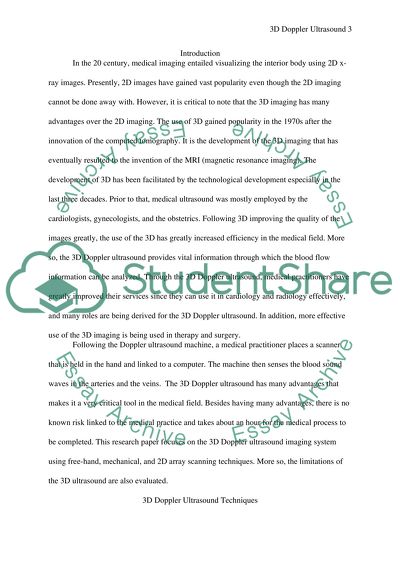Cite this document
(“3D Doppler Ultrasound Research Paper Example | Topics and Well Written Essays - 2000 words”, n.d.)
Retrieved from https://studentshare.org/health-sciences-medicine/1460066-3d-doppler-ultrasound
Retrieved from https://studentshare.org/health-sciences-medicine/1460066-3d-doppler-ultrasound
(3D Doppler Ultrasound Research Paper Example | Topics and Well Written Essays - 2000 Words)
https://studentshare.org/health-sciences-medicine/1460066-3d-doppler-ultrasound.
https://studentshare.org/health-sciences-medicine/1460066-3d-doppler-ultrasound.
“3D Doppler Ultrasound Research Paper Example | Topics and Well Written Essays - 2000 Words”, n.d. https://studentshare.org/health-sciences-medicine/1460066-3d-doppler-ultrasound.


